
We drove through the scenic wetlands of the Netherlands from Lisse to an area south of Amsterdam, for our first introduction to the Gouda Cheese in its homeland. The rays of the bright morning sun reflected in the waters of the pools and little canals like slivers of silver. The flat grasslands that stretched for miles made a green blanket of patchwork. We could see canoes on the flowing waters and little private boats moored on the banks of the Amstel river.

We followed the course of the Amstel until we reached a signboard that read – Rembrandt Hoeve. The name evoked a sense of history and tradition merging with the folk. It was what the Dutch call a “kaasboerderij” or a farmhouse which produced cheese. The farmhouse was a simple red brick house with doors and windows painted dark green. It served as a traditional factory which specialized in the making of cheese and clogs. The smell of cow dung wafted in the air from the cow-shed opposite the farmhouse!
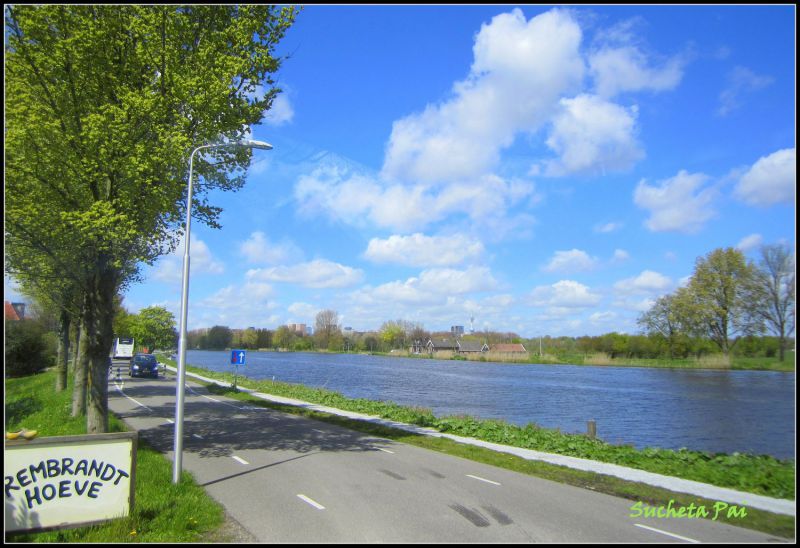

Gouda Cheese – An Introduction

We entered a dimly lit large room where the owner Jacob met us with a warm smile. Large ‘wheels’ of yellow Gouda cheese were left to dry on open wooden shelves. In a corner, we saw a large container or a ‘cheese vat’ in which the cheese is made. Jacob is a very jovial person who seems to enjoy every bit of the work he does. He speaks a smattering of different languages, depending on the visitors! He greeted us in Hindi and gave us a guided tour of the place in English. Jacob flirted with the ladies in the group and cracked jokes on the men!

Types of Cheese
My French teacher used to tell us that there are more varieties of cheeses in the world than there are days in a year! Parmesan, Mozzarella, and Ricotta from Italy; Cheddar from Britain; Roquefort, Camembert, and Brie from France; Feta from Greece; Gruyère and Emmental from Switzerland; Edam, Leerdammer, Gouda and Leyden from the Netherlands are some of the well-known ones. Gouda cheese is one of the most popular cheeses in the world. And the Dutch have been making it for centuries! It is named after the Dutch city of Gouda. The locals pronounce it as “howda.”
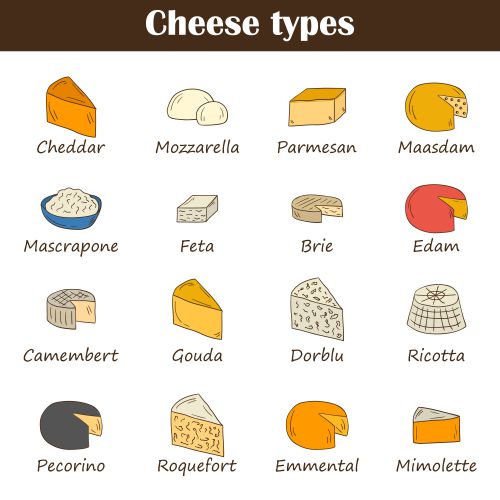
Cheese is an important part of Dutch cuisine and culture. Cheese is made from the milk of cows, sheep, and goats. Both pasteurized and raw milk is used. The Cheeses are divided into different categories on the basis of the milk used, by texture and color and the country of origin. Cheese wheels were traded in the traditional markets of Gouda, Edam, and Alkmaar. There is a museum dedicated to cheese making in the city of Alkmaar.
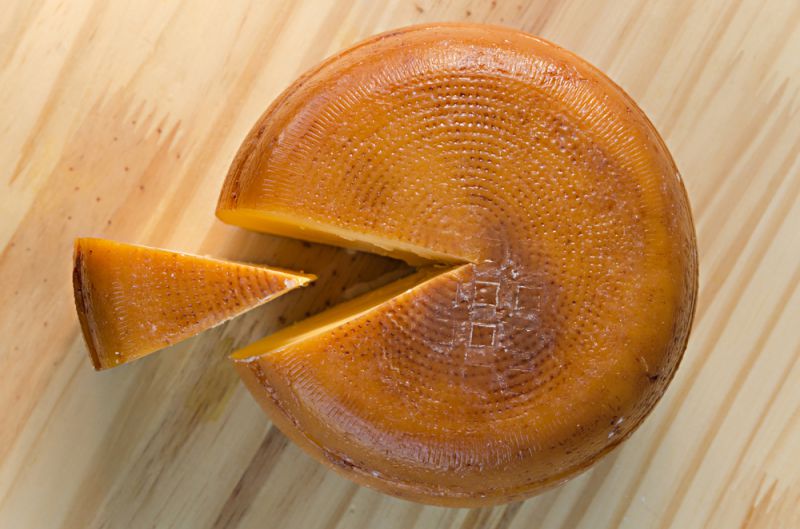
Process of Making Cheese
The process of making cheese in the traditional Dutch way is laborious. Cow’s milk is heated to a certain temperature (about 32-35 degrees) in cheese vats by using hot water surrounding it. It is then curdled by adding a starter culture like lactic acid. It is left undisturbed for some time and rennet solution is added. After the curd sets firmly, it is cut, the liquid whey is drained and the curd is set in round molds with holes. Weights are used to press the cheese overnight. The cheese is then immersed in the brine solution for a few hours, removed and left to cure on clean wooden shelves for some days. It can stay there for months or three to four years. Cheese which has been aged for three to four years is “oplegkaas” and is a gourmet’s delight.

Flavors & Taste of Cheese
Aged Gouda cheese is semi-hard with a golden yellow rind. Jacob created various flavors by adding mustard, pepper, garlic, and chives. There was also smoked cheese. We tasted both young and aged ones. Younger the cheese, creamier the texture. Aged cheese is harder and has a nutty flavor. The quality of the cheese depends on the animal’s milk, the grass on which it feeds, the fat content of the milk, the processing, and the aging. The best cheeses are produced from the milk of animals which graze on fresh grass and herbs which grow naturally on pastures. Cheese produced in farmhouses is “boerenkaas” or “farmers’ cheese” and has four-sided labels. Factory cheese has round labels. By the time we were initiated into the intricacies of cheese-making, we were ready to sing “tu cheese badi hai mast!”
Clogs – Handcrafted Wooden Shoes

Next, we moved on to another room to the interior of the house where colorful wooden shoes hung from the roof and occupied every shelf. Jacob demonstrated how “klompen” or traditional Dutch wooden shoes are made. The wood from white poplar or willow trees is used as it is light, soft and durable. He skillfully shaped the outer surface of the clog with the help of a small machine and then scooped out the inner surface with another machine. All this took less than five minutes! The clog was cold and moist to the touch as I held it in my hand. Clog makers work with wet wood as dry wood splinters easily.
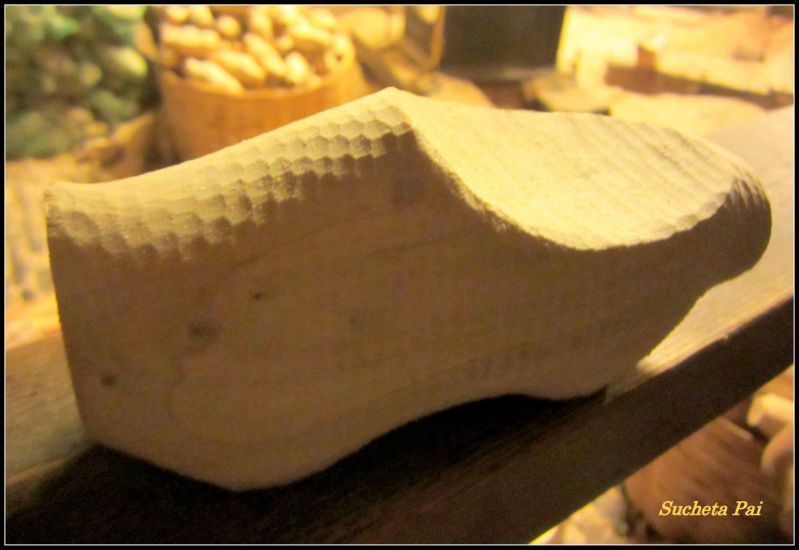
The clogs are hung from the roof and left to dry for about 2-3 weeks. They are then polished and painted. There were different kinds of shoes for different occasions-plain yellow shoes for farmers and workers, red shoes for dancing, and blue shoes for men to wear on Sundays while going to church.

Some clogs had a vertical row of three crosses which symbolized Amsterdam. The iconic windmills and dappled white and black cows were painted on some clogs. Women’s shoes had more elaborate decoration. In the past, young Dutchmen presented a pair of handcrafted and decorated clogs to his fiance during the courtship.
The farmhouse also showcased key-chains with tiny clogs and typical Dutch souvenirs like Delft Blue pottery. There were white and blue figures of a little boy and girl poised for a kiss, decorative plates with pictures of rural landscapes and windmills.
Delft Blue Pottery

Delft Blue Pottery comes from the city of Delft where earthenware which imitated Chinese porcelain was very popular among the wealthy in the 17th century. The clay used was coated with a tin glaze after it was fired and hand painted with metal oxides of cobalt. Authentic Delft Blue pottery today is made by the only surviving company dating back to the 17th century called Royal Delft. It has a logo which authenticates the piece.

Before proceeding towards Amsterdam, we went in search of “molens” or windmills. Don Quixote might have ‘tilted at windmills’ in the famous Spanish novel of Miguel de Cervantes but it was the Dutch who gave these wooden giants an iconic status. A few miles from Rembrandt Hoeve, we came across a picturesque windmill “De Riekermolen” beckoning us with its long arms raised against the sky. The rural landscape had inspired the sketches of Rembrandt and hence a statue of the painter at a distance paid homage to him.

Dutch & Water
The Dutch have a special relationship with water. It is both a friend and a foe. The lakes and the rivers made their land very fertile but frequent flooding of the low country destroyed vast tracts of land and caused huge losses to life and property. Over the centuries, ingenious Dutch builders and engineers waged a continuous war against the treacherous icy waters of the Noordzee or the North Sea. Windmills were used to drain water from marshy land, lakes, and pools to reclaim large tracts of land. They were also used to saw timber. The huge ships that were built led to the rise of Holland as a great maritime and mercantile power.
Modern cities like Amsterdam and Rotterdam began to take shape. The country nearly doubled its landmass! But as the water drained and the new land dried out, the land settled and sank below the sea level in many places. Hence, the country acquired the name – the Netherlands. It has sunk by nearly two feet in the last century alone! The coastal dunes and the massive man-made dikes protect the land from being inundated.
Reclaimed Land
The Dutch landscape even today consists of ‘polders’ reclaimed from the sea, lakes or other water bodies and protected by dikes. The dikes are nearly 20 feet tall and have literally ‘turned the tide’. When the dikes were breached during the devastating 1953 floods, the Dutch embarked on an ambitious project of building a series of storm barriers in the south. It was completed in 1987 and is the largest flood protection project in the world. The rising waters of the sea are monitored by computers and their entry is sealed off during a storm. The port city of Rotterdam in the south also has its own storm- protection mechanism so that its trade and commerce are not paralyzed.
But the advent of the modern has not fully wiped out the traditional. Giant windmills still dot the landscape and lend an old world charm to the countryside. The second Saturday and Sunday of May each year is celebrated as National Windmill Day when they are decorated with flowers and flags. Many of them are still in working condition. And they recreate a romantic past in a world of the modern reality.
Guest Post
This is a guest post by Sucheta Pai, and this is how she describes herself:

For me, writing is a form of travel which allows me to journey out of my little world of everyday routine. Writing is also an inward journey which deepens my understanding of the places that I have visited and appreciate the diversity of different cultures. It’s like the music which I learned as a child. It gives wings to my imagination and nourishes my soul. My passion for reading led me to do my post graduation in English literature from Mysore University. After working as a lecturer for a brief period, I became a homemaker. It gives me space and time to do the things I love most – music, reading, surfing the net to learn about the things I do not know.
Read more: Roman Holiday – Travel tales from the Historical city of Italy


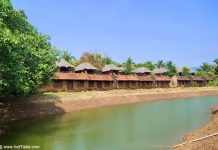

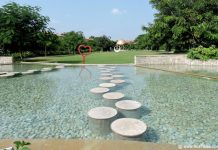

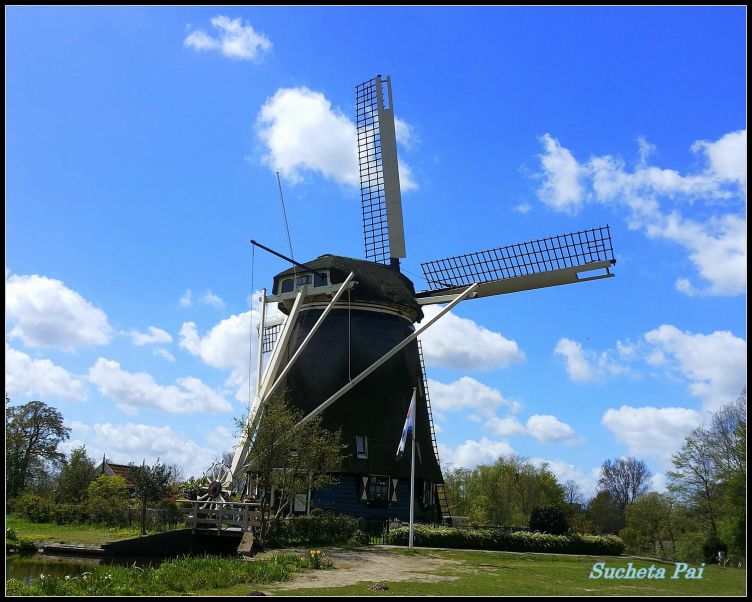








Really its a nice blog . I appreciate with this blog
Thanks.
A wonderful farmhouse and a good tour.
Glad you enjoyed it Sylvia. Stay tuned for more travel stories on IndiTales.
Great info and really beautiful pictures.
Amazing and Yummy post. I have heard that Netherlands have some unique cuisines and recipe to offer and this one seems to be beyond words. Thanks for sharing Anuradha
Glad that you enjoyed the post George. Stay tuned for some more yummy posts.
Loved reading all your posts, I could relate each part of the blog without even knowing the details of the characters and places, truly a very nice destination and a very good narration of the post. It has totally set me off on my own memories.
Thank you. Stay connected.
Great Posts as always! Love reading your all your destinations posts and all your posts are so inspiring!
Wow… You are lucky… Looks yum yum…. Was swallowing my saliva throughout the post…
Nice works….
That’s how we get tempted to visit a place 🙂